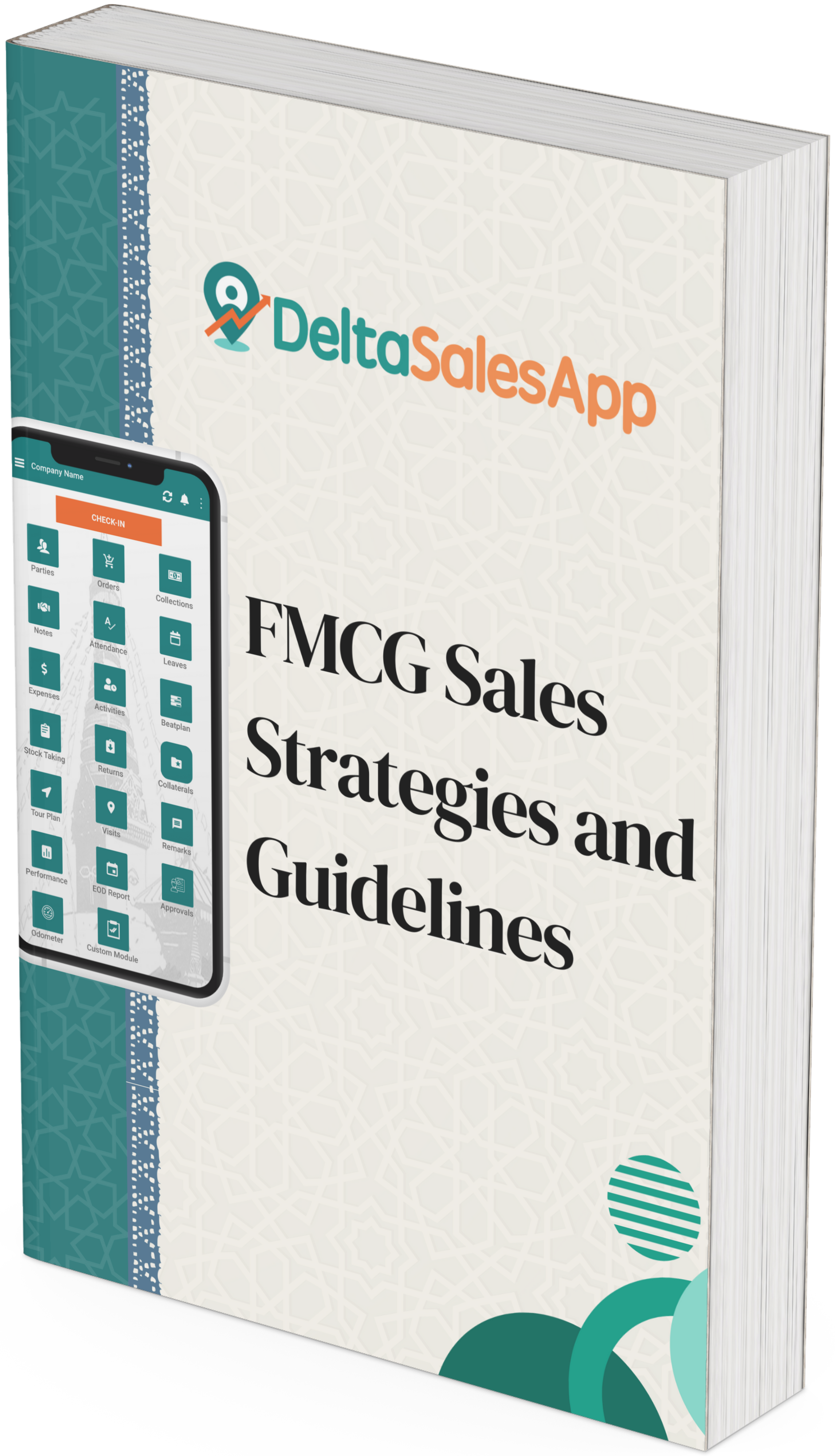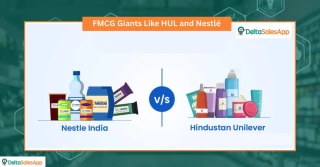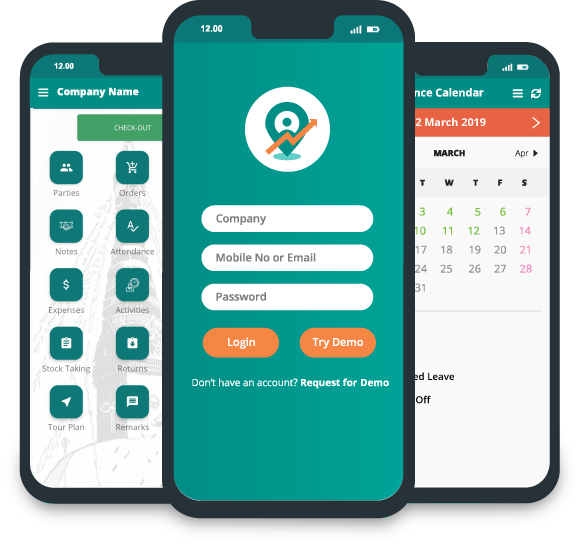Increasing Parts & Accessories Sales through Automation
_1743144384.png)
In the dynamic world of parts and accessories sales, staying ahead of the curve requires more than just a great product catalog. It demands efficiency, precision, and the ability to anticipate customer needs. For too long, businesses have relied on manual processes that are time-consuming, prone to errors, and ultimately limit growth potential. But the landscape is shifting. A powerful force is emerging, ready to revolutionize how you operate and skyrocket your sales: automation.
Imagine a sales engine that runs seamlessly, optimizing every step from initial customer engagement to final purchase. This isn't a futuristic fantasy; it's the reality that automation brings to your parts and accessories business. By strategically implementing automated tools and workflows, you can unlock unprecedented levels of efficiency, enhance customer experiences, and ultimately drive significant revenue growth.
This isn't just about saving time; it's about transforming your entire sales process into a well-oiled machine that consistently delivers results. Let's delve into the specific ways automation can fuel your parts and accessories sales and propel your business to new heights.
Understanding the Bottlenecks: Where Manual Processes Fall Short
Before we dive into the solutions, it's crucial to acknowledge the pain points that manual processes create in parts and accessories sales. Think about the sheer amount of time spent manually entering orders, a task that pulls your team away from engaging with customers and understanding their needs. Then there's the constant worry of inventory management. Relying on spreadsheets or manual counts is a precarious balancing act, often leading to the frustration of stockouts when a customer needs a crucial part immediately, or the financial burden of overstocking items that gather dust.
Customer interaction also suffers under manual systems. Responding to inquiries, checking the availability of that specific widget a customer desperately needs, and generating a quote can feel like navigating a maze, leading to frustrating delays and lost sales opportunities as customers look elsewhere for quicker service. Furthermore, truly understanding your customers and offering them tailored recommendations becomes a significant challenge without the ability to automatically analyze their preferences and past interactions. Following up with potential leads and nurturing existing customer relationships often falls by the wayside amidst the daily grind of manual tasks, meaning missed opportunities to build loyalty and drive repeat business.
The ability to gain a clear and timely understanding of your business performance is also hampered by manual processes. Compiling sales data and generating reports becomes a laborious undertaking, often providing a delayed and incomplete picture that hinders effective decision-making. The inherent nature of manual data entry also introduces the risk of errors – incorrect orders, pricing discrepancies, and ultimately, dissatisfied customers. Finally, consider the limitations on growth. As your business expands, relying on manual processes becomes an unsustainable bottleneck, restricting your capacity to handle increased order volumes and a growing customer base. These limitations not only impact your day-to-day operations but also directly affect your profitability. Automation offers a powerful solution to these challenges, paving the way for a more streamlined, profitable, and customer-centric business.
The Automation Advantage: Fueling Your Parts and Accessories Sales Engine
Automation isn't about replacing the human touch that's so vital in building customer relationships; it's about empowering your team by freeing them from the shackles of repetitive tasks and equipping them with intelligent tools that amplify their abilities. Consider how automation can revolutionize your parts and accessories sales.
Imagine the seamless flow of an order placed online. With streamlined order processing, the entire journey, from that initial click to the final confirmation and even the initiation of shipping, unfolds automatically. Implementing a user-friendly e-commerce platform that speaks directly to your inventory management system allows customers to explore your catalog, see exactly what's available in real-time, and place orders whenever it suits them, day or night. Once that order is placed, automated systems can instantly send confirmation emails, reassuring the customer, and generate invoices without any manual intervention, significantly reducing paperwork and the potential for errors. This efficiency extends to shipping as well. By connecting your order processing system with shipping carriers, you can automate the generation of shipping labels, track packages effortlessly, and keep your customers informed about their delivery status every step of the way. The benefits are clear: faster order fulfillment, a significant reduction in manual errors, happier customers who appreciate the speed and efficiency, and a sales team that can focus on building relationships and driving more sales.
Next, think about the peace of mind that comes with intelligent inventory management. Accurate stock control is the bedrock of any successful parts and accessories business, and automation provides the tools to achieve optimal levels, avoiding the pitfalls of both stockouts and overstocking. Real-time inventory tracking systems continuously monitor your stock levels across all your locations, providing an up-to-the-minute view of what's on hand and what needs attention. You can configure these systems to automatically trigger low-stock alerts, giving you the proactive insights needed to reorder essential parts before you run out and disappoint a customer. Some advanced systems even leverage historical sales data and sophisticated predictive analytics to forecast future demand, empowering you to make smarter purchasing decisions and optimize your inventory investments. This can even extend to automating the generation of purchase orders and streamlining communication with your suppliers, ensuring a smoother and more timely replenishment process. The advantages are substantial: fewer lost sales due to stockouts, minimized costs associated with overstocking, improved order fulfillment rates, and a healthier cash flow.
Building strong and lasting customer relationships is paramount, and automation plays a crucial role in enhancing your customer relationship management (CRM) efforts. Imagine your website and marketing channels seamlessly feeding leads into your CRM, automatically triggering personalized email sequences designed to nurture those potential customers through the sales process. Automation can also handle the often-overlooked but critical task of follow-ups, setting automated reminders for your sales team to reach out to leads and existing customers at key moments, ensuring no opportunity slips through the cracks. By leveraging the rich customer data within your CRM, you can automate personalized email marketing campaigns, offering targeted promotions and relevant recommendations based on their past purchases and stated preferences. Even gathering valuable customer feedback can be automated through post-purchase surveys, providing insights that help you continuously improve your offerings and enhance customer satisfaction. The result is improved lead management, stronger and more engaged customer relationships, increased customer retention rates, and more effective and targeted marketing campaigns.
Finally, consider the impact of automation on your customer support. Providing prompt and efficient assistance is crucial for building customer loyalty, and automation offers powerful tools to enhance your support operations. Imagine a website equipped with automated chatbots that can instantly answer frequently asked questions, resolve simple issues without human intervention, and seamlessly route more complex inquiries to the appropriate support agents. Automated ticket management systems can track and manage all customer support requests, ensuring that no inquiry is overlooked and that issues are resolved in a timely and organized manner. Empowering customers with self-service portals where they can find answers to common questions, track their orders, and manage their accounts can significantly reduce the burden on your support team.The benefits are clear: faster response times, increased customer satisfaction, a reduced workload for your support agents, and ultimately, stronger customer loyalty.
Implementing Automation: A Strategic Journey
Embarking on the journey of automation doesn't need to feel like a giant leap into the unknown. By adopting a strategic and phased approach, you can seamlessly integrate automation into your parts and accessories sales operations. Start by identifying the key pain points within your current sales processes. Pinpoint those areas where manual tasks are creating bottlenecks, leading to inefficiencies, errors, or frustrating delays for both your team and your customers. Once you have a clear understanding of these challenges, define your specific goals for automation. What do you hope to achieve? Is it to boost sales figures, streamline your operational efficiency, elevate customer satisfaction levels, or perhaps a combination of all these objectives? With your pain points identified and your goals clearly defined, the next step is to research the landscape of automation tools. Explore the diverse range of platforms and software solutions available for e-commerce, CRM, inventory management, marketing automation, and customer support. Don't try to implement everything at once. Instead, prioritize your implementation by focusing on the automation initiatives that promise to deliver the most significant impact on your identified pain points and align most closely with your business goals. Crucially, ensure that the automation tools you select can integrate seamlessly with your existing systems, such as your e-commerce platform, CRM software, and accounting system. This smooth integration is vital for a cohesive and efficient workflow.
With your pain points identified and your goals clearly defined, the next step is to research the landscape of automation tools. Explore the diverse range of platforms and software solutions available for e-commerce, CRM, inventory management, marketing automation, and customer support. Don't try to implement everything at once. Instead, prioritize your implementation by focusing on the automation initiatives that promise to deliver the most significant impact on your identified pain points and align most closely with your business goals. Crucially, ensure that the automation tools you select can integrate seamlessly with your existing systems, such as your e-commerce platform, CRM software, and accounting system. This smooth integration is vital for a cohesive and efficient workflow.
Once you've chosen and implemented your initial automation tools, it's essential to train your team thoroughly. Provide comprehensive guidance on how to effectively utilize these new tools. Emphasize how automation will empower them by freeing them from tedious manual tasks, allowing them to focus on more strategic and engaging aspects of their roles. The implementation process isn't static. You need to monitor and optimize the performance of your automated workflows continuously. Track key metrics, gather feedback from your team and your customers, and make necessary adjustments to ensure optimal effectiveness.
Choosing the Right Automation Tools: Making Informed Decisions
Selecting the right automation tools is a critical decision that will significantly impact the success of your automation initiatives. When evaluating different options, carefully consider their integration capabilities. Can they seamlessly connect and share data with your existing software and platforms? Think about scalability. Will the tools be able to grow and adapt as your business expands? User-friendliness is also paramount. Opt for tools that are intuitive and easy for your team to learn and use effectively without extensive training. Evaluate the features and functionality offered by each tool.
Do they provide the specific capabilities you need to address your identified pain points and achieve your desired goals? Of course, cost is a significant factor. Consider not only the initial purchase price or subscription fees but also any potential implementation costs and ongoing maintenance expenses. Finally, don't overlook the importance of vendor support. Assess the level of support provided, including documentation, training resources, and the availability of responsive customer support.
The Future is Automated: Embrace the Transformation
In today's increasingly competitive market for parts and accessories, businesses that strategically embrace automation will undoubtedly gain a significant advantage. By streamlining their operational processes, enhancing the experiences they offer to their customers, and leveraging the power of data-driven insights, automation empowers businesses to achieve remarkable results. This includes the potential to increase sales revenue by optimizing every stage of the sales funnel and nurturing customer relationships with greater effectiveness. Automation also leads to improved operational efficiency by taking over repetitive and time-consuming tasks, freeing up your valuable team members to concentrate on higher-value activities that drive growth. Customers benefit from enhanced customer satisfaction through faster response times, more personalized interactions, and seamless service experiences. Ultimately, embracing automation allows you to gain a significant competitive edge by operating more efficiently and effectively than competitors who are still reliant on outdated manual processes.The era of relying solely on manual processes in the parts and accessories sales industry is drawing to a close. The future belongs to those businesses that recognize and harness the transformative power of automation to drive sustainable growth, cultivate lasting customer loyalty, and achieve unprecedented levels of success. Embrace this transformation, and witness your sales engine perform with a power and efficiency you never thought possible.









